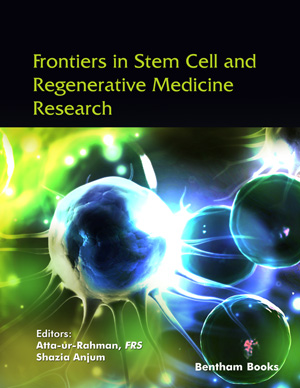Abstract
Every species in this world, from the simplest to complex organisms, has
auto-capacity for tissue regeneration. Tissue regeneration is a process of renewal and
growth that replaces or repairs damaged or lost tissue as a result of natural changes or
disturbances. As organisms become more complex, their regenerative ability
diminishes. As humans are complex having very limited regenerative capability, tissue
regeneration has become one of growing areas of research. However, it has become a
resource-intensive research as it is dependent on the availability and ability of the cells
used. The need to find an available source of cells led researchers to choose stem cells.
The use of stem cells has shown excellent progress in tissue regeneration and numerous
types of stem cells have been reported to be used in tissue regeneration, namely
mesenchymal stem cells, neural stem cells, adipose stem cells, cardiac stem cells,
induced pluripotent stem cells etc. However, the potential use of dental stem cells in
regenerative medicine has not been widely discussed. Dental stem cells, which were
first discovered in 1985 have been very well-characterized for their potential to be used
in dental tissue regeneration, but less recognized for application in other parts of the
body. Therefore, this chapter focusses on the potential use of dental stem cells,
particularly stem cells from human exfoliated deciduous teeth (SHED) for tissue
regeneration. SHED are adult stem cells that can be retrieved from primary teeth. Since
these cells can be acquired after extraction of deciduous teeth, they provide noninvasive,
unlimited cell sources without any ethical concerns. They are multipotent
stem cells with a higher proliferation rate and differentiation capability than other
dental stem cells and human bone marrow mesenchymal stem cells. Therefore, this
chapter will specifically address the differentiation potential of SHED, particularly with
respect to fibroblasts, epithelial and osteoblast-like cells, growth factors and the
signalling pathways involved. Knowledge about the differentiation potential of SHED
is important because it creates a plethora of opportunities as an excellent stem cell
model for tissue regeneration. Keeping this in mind, this chapter aims to provide
information to the researchers, students, and scientists working or interested in
exploring the SHED on tissue regeneration.
Keywords: Dental stem cells, Differentiation, Epithelial-like cells, Fibroblast-like cells, Mesenchymal stem cells, Odontoblast-like cells, Osteoblast-like cells, Stem cells from human exfoliated deciduous teeth, Tissue regeneration.






















